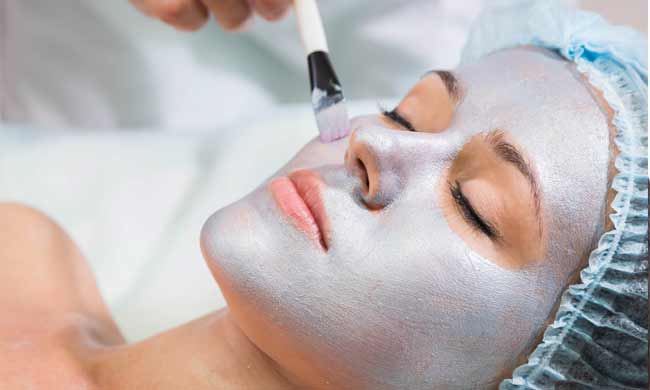Introduction To The Procedure
Threads are a non-surgical face and neck treatment. These are both biodegradable and biocompatible process. Threads are basically used to shove and harden the skin by stimulating new collagen production, reducing wrinkles and tightening pores. Threads contain PDO (Polydioxanone) which is a material used in medicine for many years. PDO is important for maintaining youthful looking skin. It is effective in facial and wrinkles removal. PDO is helpful in relaxing muscles and tendons. It restores new collagen in the skin.
Types Of Threads
There are mainly three categories of threads:-
- Polydioxanone (PDO) Threads: These threads are made of a synthetic biodegradable polymer which is used in medicines. It is gripped into the body for six months by hydrolysis. It improves the texture of the skin.
- Polylactic acid (PLA) Threads: This thread is made of biocompatible polymer derived from lactic acid. These are restorable and produce collagen with time. These use cones to fix to the tissue and enhance the volume of saggy areas.
- Polycaprolactone (PCA) Threads: These are the latest threads. These are bio-absorbable and monofilament suspension threads. These provide support to the skin, harden the skin and protect it from sagging.
Different Threads With Different Purposes
- Monofilament: Monofilament thread is used to achieve the best results for aesthetic treatments. It provides a high level of safety, minimum time, immediate, persistent and effective results.
- Cog Threads: Cog thread is a type of PDO thread. It has barbs that fix into the skin and provide support and lift the sagging tissue.
- Mint Easy Threads: It is one of the safest and effective thread treatments. It is mainly used to haul soft tissues of the skin from the desired position. It involves a simple process and causes less pain and scars. It also has a quick recovery time.
Where Is It Used?
These threads are mainly used on face and neck.
Results
The result can be seen up to 18 months after the treatment. It involves very less procedural and recovery time. You must follow post-treatment instructions for effective and long-lasting results.
Side Effects
- Hematoma foundation
- Nerve damage
- Chronic pain
- Hypersensitivity
- Palpability
Usually, the side effect is less than 1%. Hence, threads are quite safe.
Complications
The main complications involved in the thread are as follows: –
- Rippling: When the thread is too tight you can find its complication. The skin will wave over the thread and create visible folding. So, it is important never to use too tight thread. Rippling can cause swelling.
- Infection: No doubt, threads must be used with antiseptic treatment to avoid the infection so that the risk of infection is minimal.
- Thread Loss: Bumps of a thread on the skin may cause infection. It can cause distress to the patient. If in case, the thread is left in the plane then it enhanced the risk of granuloma formation.
Keeping in mind all these complications, it is highly recommended to visit a good cosmetic dermatologist for this procedure.


